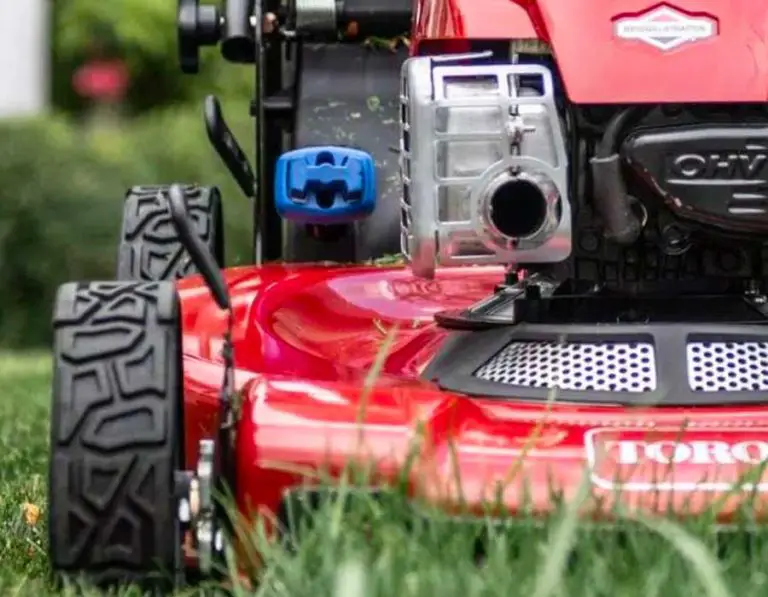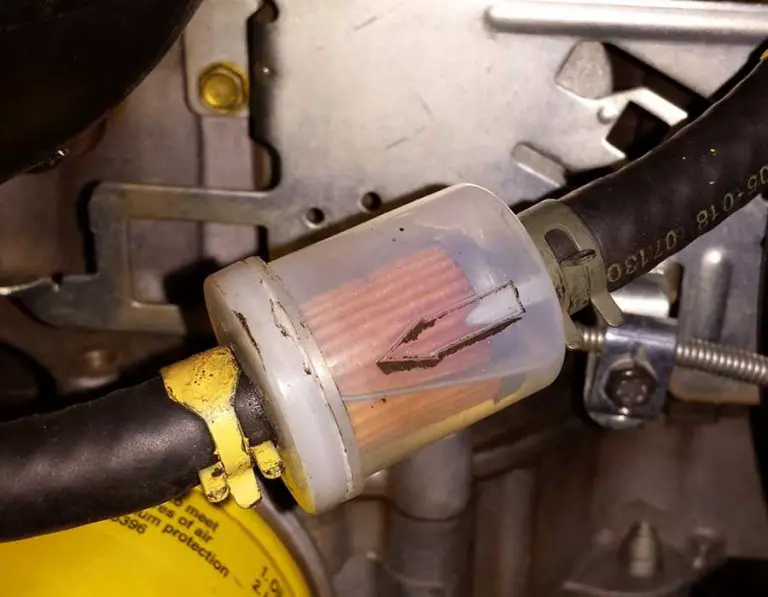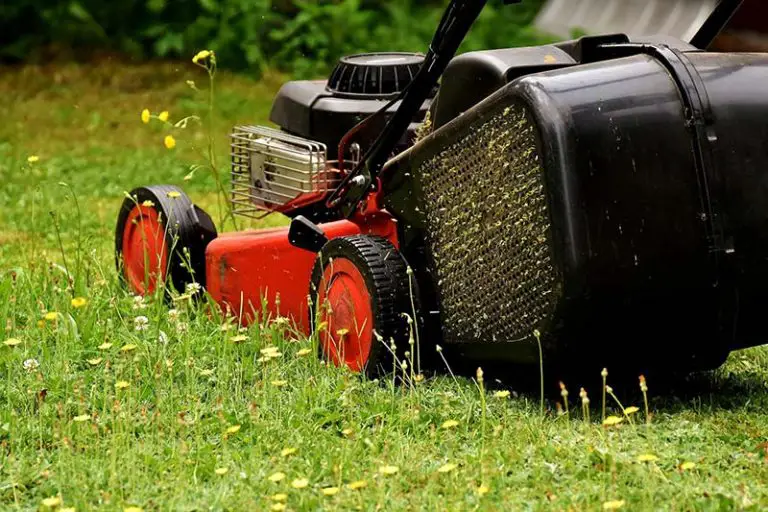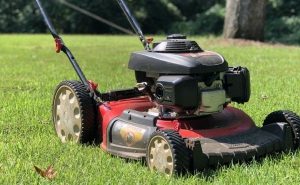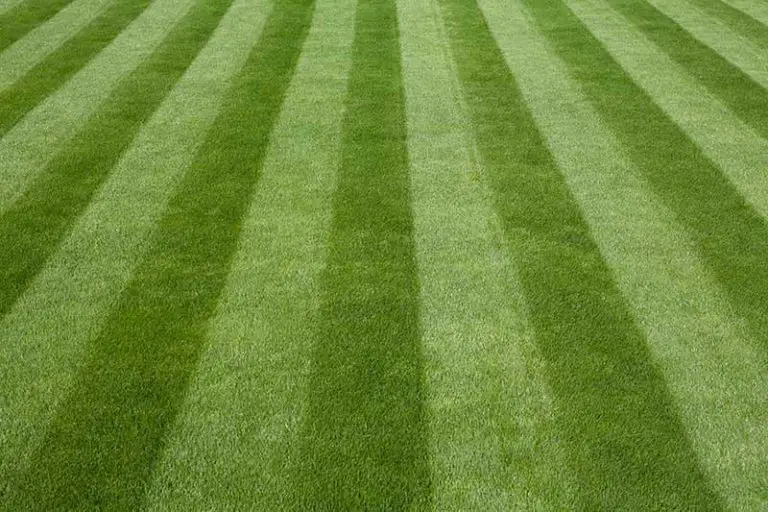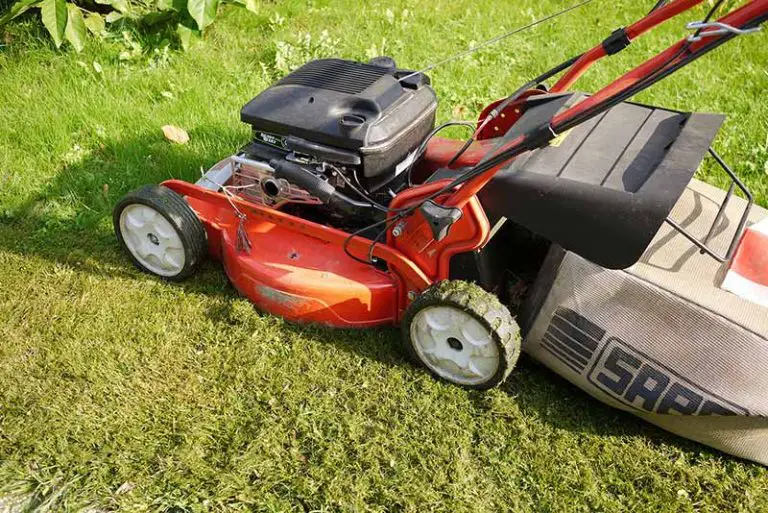Troubleshooting a Riding Mower That Won’t Start
Your riding mower is made of many different parts that all play important roles in the running of the equipment. Even if just one of these parts is faulty, it can prevent the entire mower from starting up.
Your riding mower may fail to start due to a faulty or broken component in its fuel system, electrical system, or charging system. If you’re using a new mower for the first time, it’s also possible that you’re operating the equipment incorrectly.
Potential Reasons Why Your Riding Mower Won’t Start
A summarized list of the common reasons why your riding mower won’t start is as follows:
- Empty gas tank
- Old gas or incorrect type of gas in gas tank
- Blocked vent in gas cap
- Dirty or faulty spark plug
- Blocked air filter
- Faulty fuel pump
- Blocked fuel filter
- Blocked fuel lines
- Dirty or faulty carburetor
- Dead battery or battery loosely connected
- Faulty safety switch
- Fault with ignition switch or ignition coil
- Faulty starter solenoid
- Blown fuse
- Issue with charging system
- Incorrect use
We’ve explained each of these causes and their fixes in the following section.
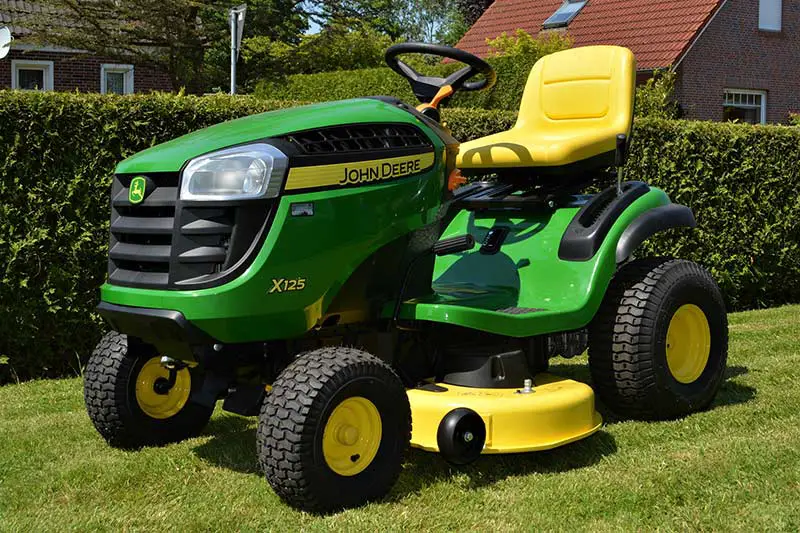
Reasons Why Riding Mower Won’t Start & Their Fixes
1. Riding Mower Has Empty Gas Tank
Riding lawn mowers require gas for their engine to start and continue running. Gas is also necessary for the lawnmower to charge its own battery, as this process is fueled by the running engine. This might be an obvious issue that you have already ruled out; double-check your gas tank if you haven’t already done so.
Fix: If your riding mower gas tank is empty, refill it with fresh gas.
2. Old Gas or Incorrect Type of Gas for Riding Mower in Gas Tank
Your riding mower may fail to start if it’s running on old gas or the wrong type of gas.
Old Gas
Your lawn mower may fail to start if it contains gas that’s older than a month. Without a stabilizer, the combustion properties of gas are at their peak in the first 30 days; after this, the gas begins to break down, causing it to lose its potency.
Also, gas contains ethanol, which attracts moisture into the gas tank as the substances age. This can cause your riding mower to run badly or not start at all. The ethanol in aged gas creates a gummy residue that blocks fuel lines, which is another issue that can prevent your riding mower from starting.
Fix: Drain the gas tank and flush it out. Fill the tank with fresh gas and a gas stabilizer to prolong the lifespan of the fuel.
3. Blocked Vent in Gas Cap
The gas cap on your riding mower’s gas tank is necessary to allow air to flow into the tank. With use of your mower, debris can clog the gas cap; as a result, a vacuum forms in the gas tank that prevents the flow of gas into the mower’s engine.
If the gas cap is clogged on your riding mower, it will fail to start as there will be no fuel flowing into the engine.
Troubleshooting: Remove the gas cap on your riding mower’s gas tank. Start the mower and allow it to run for a while. If the mower starts and runs well, place the gas cap back onto the tank and continue to let it run. You’ll know the issue lies with the fuel cap if the mower engine begins to fail or shuts off after running for a while.
Fix: Use a tool to clean the hole in the gas cap and remove any blockages. You’ll likely have to replace your gas cap if this doesn’t solve your problem.
4. Dirty or Loose Spark Plug
Riding lawn mowers use either one or two spark plugs to run. Spark plugs are the part in your mower’s engine responsible for igniting the gas and fuel mixture. Over time, the spark plugs in your mower may wear out or gather a buildup of residues that prevent them from sparking properly. Spark plugs will also fail to do their job if they aren’t connected tightly enough.
Troubleshooting: Look for the spark plugs in your riding mower, which are usually found near the front of the engine. Remove the spark plugs and inspect them for cracks or a carbon buildup. If they are in good condition, replace them in the mower, making sure they are gapped correctly and that the wires are tightly secured.
Fix: If your spark plugs are only slightly dirty, you can clean them yourself using a wire brush and a specialized cleaning fluid. You can scrape off tougher deposits with a knife. If your spark plugs are severely dirty or damaged, you’ll need to replace them.
5. Blocked Air Filter
The engine in your riding mower needs an intake of air to run. The air filter is to prevent debris from being sucked into the engine; however, over time, the air filter inevitably becomes blocked. This prevents the engine from starting as the filter blocks the flow of air.
Even if the engine starts, running your riding mower with a dirty filter can cause serious damage to its components. Without enough air, the engine will overheat, and it may even pull air and oil from the crankcase to compensate. This is why it’s important to check your air filter regularly, cleaning and replacing it as necessary.
Troubleshooting: Remove your riding mower’s air filter from its housing and check it for a build-up of dirt or debris.
Fix: Tap the air filter firmly against a surface to clean it off. Avoid using an air compressor to clean the paper element of the filter. When you’ve cleaned it, hold the filter up to a light source; if you can see light shining through it, it’s reusable. If not, you’ll need to swap it out for a new filter.
6. Faulty Fuel Pump
The majority of riding lawn mowers utilize a vacuum fuel pump. As gas passes through the pump, the gas can cause the degradation of the pump’s plastic and internal components. This eventually causes the pump to fail as it’s unable to hold enough pressure to pump fuel into the carburetor.
Troubleshooting: Check the fuel pump in your riding mower for signs of gas leakage. If you do find a leak, you’ll need to replace the pump. If there are no obvious leaks, you’ll need to test the fuel flow to determine if the pump is failing. Use your fuel shut-off valves to stop and start the flow of gas to the pump. Verify that gas is flowing to the pump, then check that the pump is producing a steady pulsating flow of gas from its outlet port.
Fix: If your troubleshooting determines your pump isn’t producing a consistent flow of fuel, you’ll need to replace it.
7. Blocked Fuel Filter
Like the air filter on your riding mower, the fuel filter is necessary to prevent dirt or debris from entering its fuel system. If this part becomes clogged, it blocks the flow of fuel to the engine, meaning your riding mower won’t start.
Troubleshooting: Check the fuel filter in your mower’s engine or fuel lines.
Fix: If the filter is clogged, you’ll need to replace it with a new one. These are some of the least expensive parts to replace on a mower.
8. Blocked Fuel Lines
As we’ve mentioned, the fuels lines in your riding mower can become clogged with debris from old fuel. These clogs will not be visible to the eye, so you’ll need to follow the method in the troubleshooting section to diagnose this issue.
Troubleshooting: Check each section of the fuel hose for a blockage by stopping and starting the flow of fuel. You can do this with your fuel shut-off valve or clamps.
Fix: If you are able to locate a blockage in the line, try to clear it. Spray the blockage with carburetor cleaner to loosen it, then clear the blockage by blowing compressed air through the line. If your fuel line seems to be dry and brittle, or you’re unable to clear the blockage, you’ll have to replace the line.
9. Dirty or Faulty Carburetor
The carburetor in your riding mower is responsible for regulating the mixture of gas and air at the correct ratio for combustion in the engine’s cylinder. If this part is dirty or faulty, the mower will fail to start.
Troubleshooting: Check the carburetor in your mower for a buildup of residues.
Fix: You should be able to clean the carburetor yourself if you have a bit of confidence in your mechanical skills. Locate the carburetor, take it apart, and then use a specialized carburetor cleaner to remove the dirt and deposits. If the carburetor is severely dirty, it’s probably best to replace it.
10. Issue with the Mower’s Battery or Battery Terminals
In addition to its gas, your mower requires a charged battery to run properly. If the battery is old or faulty, loosely connected, or if your mower’s battery terminals are corroded, your mower will fail to start.
Troubleshooting: Check your battery terminals and make sure that there’s no corrosion and that the cables are tightly secured. If everything is in order, you should next test your battery with a multimeter to determine its voltage; your battery should read somewhere around 12.7 volts.
Fix: If your mower battery terminals are corroded, clean them by placing them into a solution of 3 tablespoons of baking soda in 2 cups of water. Scrub the terminals using a wire brush. If your multimeter reading is at less than 12.7 volts, you’ll need to charge your mower battery. If your mower battery won’t charge, you’ll need to replace it.
11. Faulty Safety Switch
Riding lawn mowers have switches that immediately disengage the mower deck when the mower senses that the driver has left the seat. This is a safety feature that protects users from accidental injury. They also have switches that prevent the riding mower’s engine from starting when you don’t engage the parking brake. These safety features may prevent your mower from starting if they malfunction.
Troubleshooting: Either use a multimeter to test the switch, or temporarily bypass the switch to identify if it’s preventing the mower from starting.
Fix: If you identify a safety switch to be the issue, you’ll need to replace it or have it fixed by a professional. Never run your mower without functioning safety switches, nor should you ever run it by bypassing the switches. These features are there to prevent serious injury.
12. Faulty Ignition Switch or Ignition Coil
A riding mower will fail to start if it has an issue with its ignition system. This could lie with the ignition switch or the ignition coil.
Troubleshooting: Use a multimeter on the ignition switch to determine whether it’s faulty. Then use your multimeter to test the continuity of the ignition coil.
Fix: Replace the ignition switch and/or ignition coil if necessary.
13. Faulty Starter Solenoid
The solenoid on your riding mower is an electromagnet that behaves like an on-off switch to turn over the engine. If your riding mower won’t start and just clicks, this indicates an issue with the solenoid.
Troubleshooting: The first indications of a bad solenoid are if your riding mower doesn’t start, instead just clicking or humming. You can test your solenoid to determine if it’s the problem.
Fix: You’ll need to replace your solenoid if your test reveals that it isn’t functioning.
14. Blown Fuse
Fuses are essential components that protect your riding mower’s electrical system. A blown fuse will prevent the mower from starting.
Troubleshooting: Check the fuses on your mower’s fuse block; the location of this part varies between mower models, but it typically lies between the battery and the key switch along the wiring harness.
Fix: Replace any blown fuses with fuses of the same amperage. If your mower continues to blow fuses regularly, you should take it to a repair shop for a professional diagnosis.
15. Issue With Charging System
The charging system in your riding mower is essential to ensure the battery is charged up enough for the mower to run. Any issues with the charging system may drain your battery and prevent your riding mower from starting.
Troubleshooting: It’s best to have a professional diagnose whether there is an issue with your mower’s charging system. You should also leave any repairs to the professionals, unless you have experience with electrical systems.
16. Incorrect Use
If you’re using a brand new riding mower for the first time, and there are no other indications of a mechanical fault, you may just be operating the equipment incorrectly. Starting and safety procedures vary between mowers, such as the throttle or choke control.
Fix: Refer to the operating manual for your specific mower model to ensure you’re operating your mower correctly.

